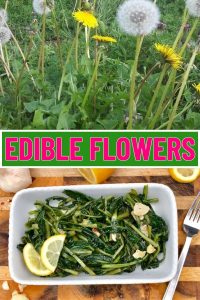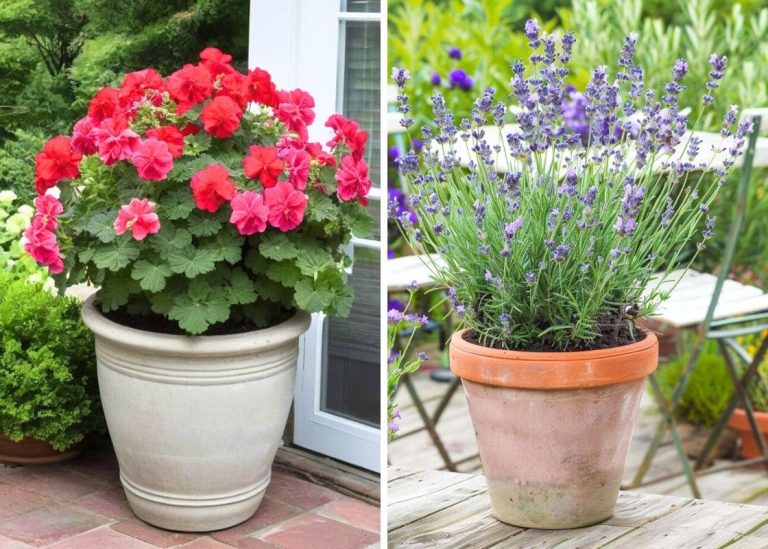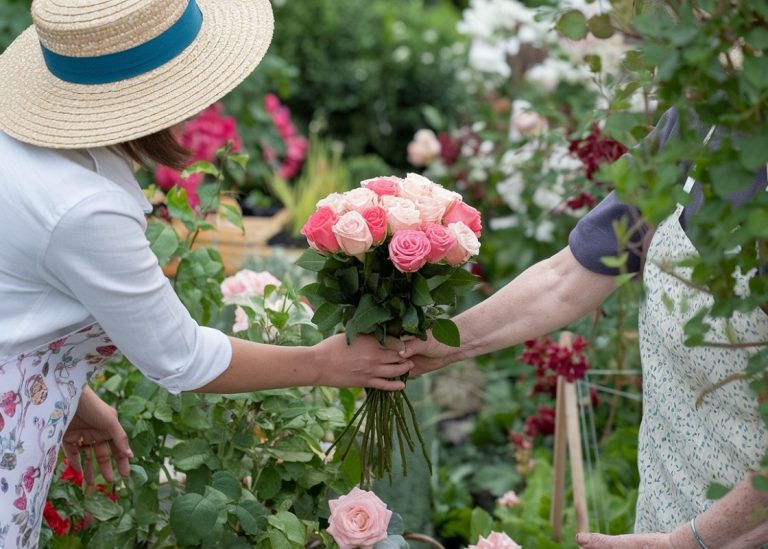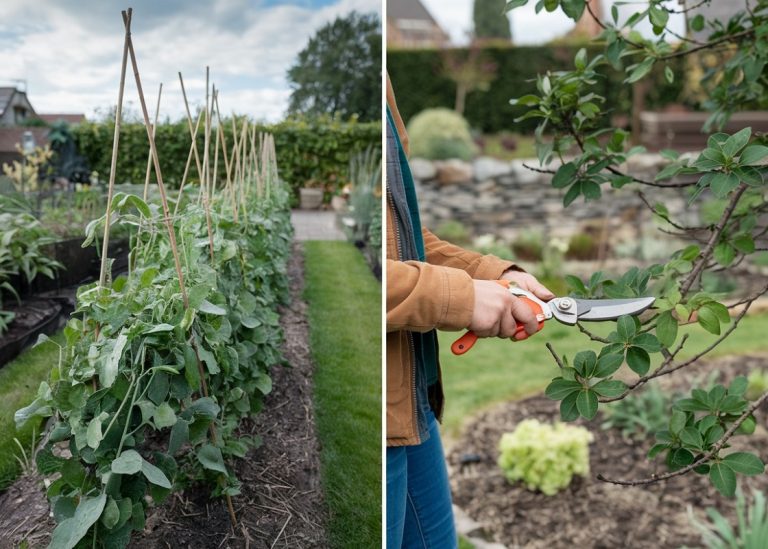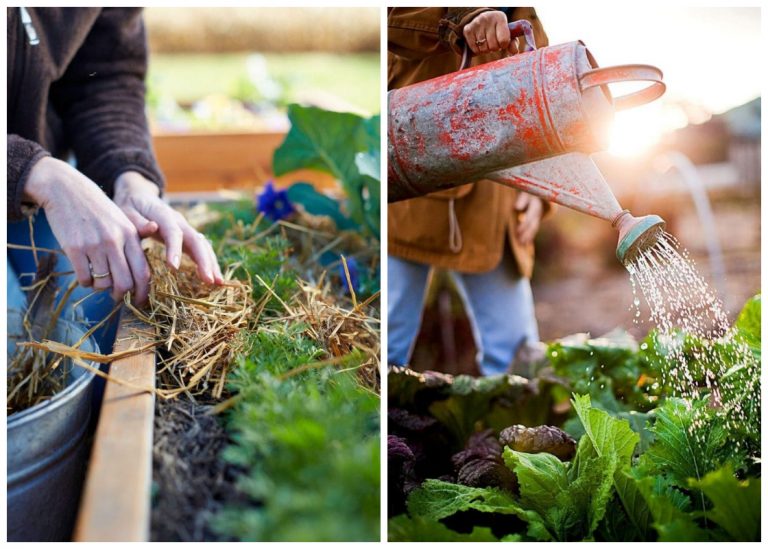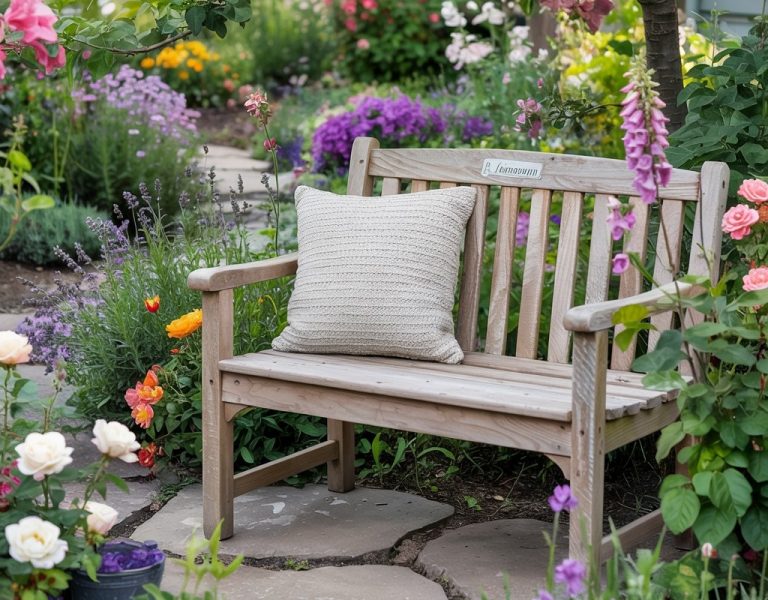Top 20 Beautiful Flowers In Your Garden You Can Eat
One spring evening, while preparing dinner, I wandered through the garden in search of herbs. The scent of lemon balm and thyme drifted up, but what caught my eye was a soft blur of violet among the greens. The pansies had bloomed overnight. I paused, touched a petal, and wondered, could beauty this fragile also be… edible?
I hadn’t planned to add flowers to the meal that night, but somehow, a few blooms found their way onto our plates. Their colors brightened the table. Their flavors—unexpected and delicate—sparked conversation. I began to look at the garden differently, not just as something to tend and admire, but as a pantry filled with surprises.
I discovered more petals I could pluck for flavor, not just fragrance. Some tasted sweet, others peppery, and a few were downright wild. Let me show you the blooms that changed the way I grow, cook, and see the seasons.
#1. Nasturtium
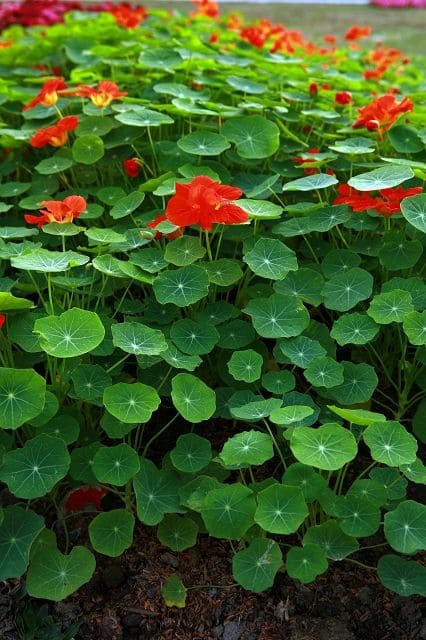
The first time I nibbled a nasturtium, I gasped. I thought flowers would taste like perfume—light, sweet, subtle. But this one? It bit back. Peppery, fiery, alive. Nasturtiums are the rebels of my garden, bursting with color in sun-soaked spots, draping over stone borders like they’ve got somewhere better to be.
Every part of the plant is edible—the leaves with their sharp arugula flair, the flowers like bright sparks of summer heat, even the seeds, which some pickle like capers. I often tuck them into cheese sandwiches for a spicy twist or float a few petals in chilled cucumber soup. Easy to grow, quick to bloom, and impossible to ignore, nasturtiums teach your taste buds to expect more from flowers.
#2. Pansy

Pansies remind me of early spring mornings, where the garden still smells like damp earth and frost threatens to linger just a little too long. But the pansies don’t mind. Their velvet petals open wide, even in the chill, showing off faces like watercolor paintings.
Flavor-wise, they’re gentle. Mild, a little sweet, sometimes with a trace of mint or wintergreen. I use them to decorate shortbread cookies or freeze them into floral ice cubes for lemonade on warm days. My neighbor Helen once pressed them into sugar cubes for tea parties with her grandchildren—a memory as sweet as the blooms themselves.
#3. Borage
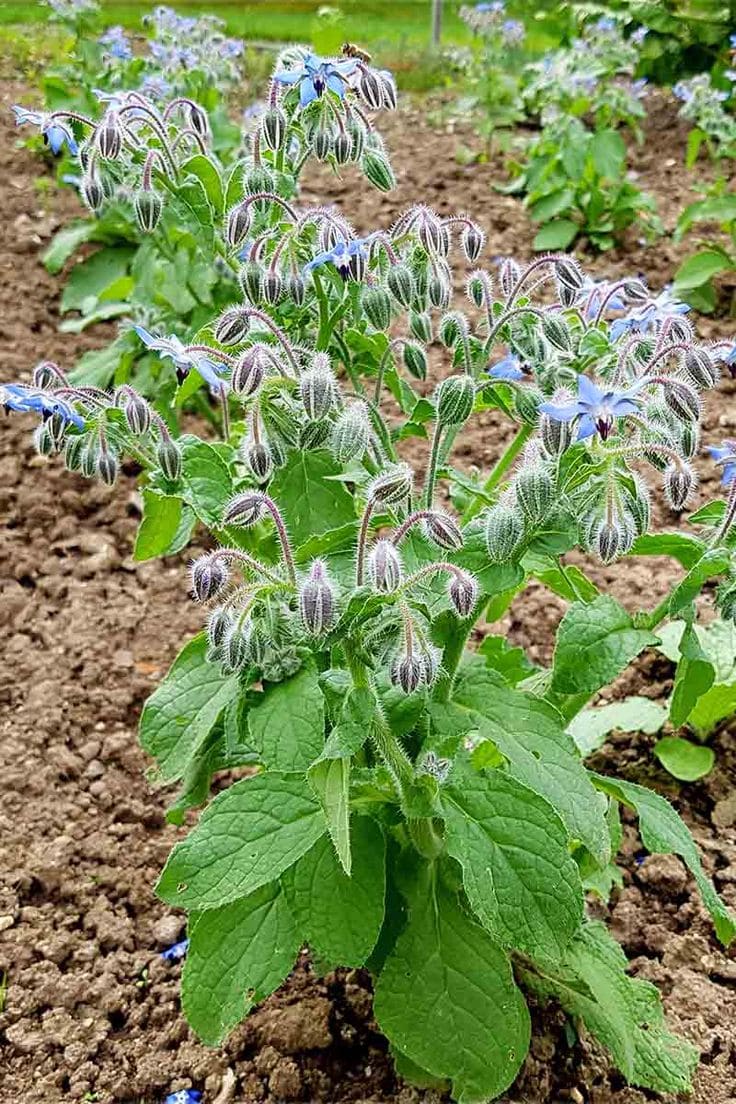
When my neighbor offered me a blue flower to eat, they said it tasted like cucumbers. I was skeptical—but they were right. Borage has this cool, refreshing taste that surprises you, especially when plucked fresh from a sunny garden bed.
The flowers look like little stars, and bees absolutely adore them. I let them self-seed freely in the corners of my herb patch, and they come back every year without a fuss. I love scattering the blossoms over tomato salads or adding them to jugs of water and mint for garden parties. They’re not just pretty—they’re practical, hardy, and generous. Like the best kind of friend.
#4. Lavender

Lavender brings with it a kind of quiet luxury—one that reminds me of my childhood home, where bundles hung in closets and windowsills. I used to think its magic ended at fragrance, but one taste of lavender honey stirred something else entirely—delicate, citrusy, unforgettable.
These hardy purple blooms thrive in sun-drenched soil and need little beyond drainage and warmth. I sprinkle dried petals into sugar for baking, stir them into tea blends, and use a touch in lemon syrups. A little goes far, but every bite brings a whisper of calm.
#5. Chamomile
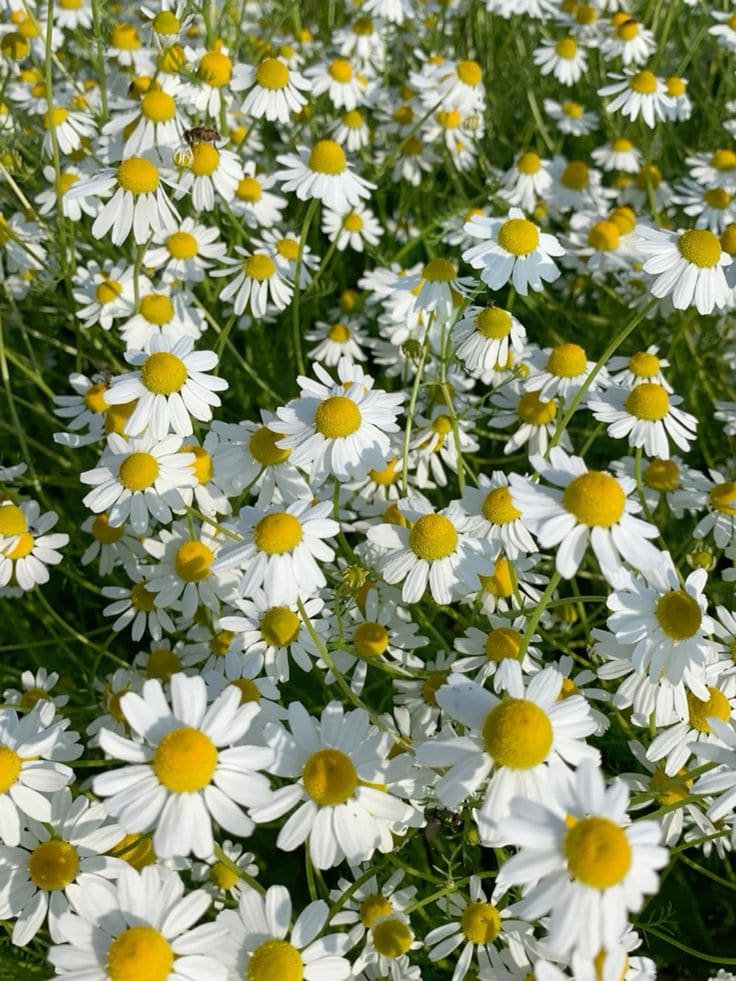
Chamomile feels like a soft blanket for the soul. I started growing it during a restless season, craving calm, and it surprised me by becoming more than just tea—it became routine, a form of self-care wrapped in white petals and golden centers.
Its apple-sweet flavor is mild but comforting. I often dry bunches for winter, or toss a few fresh blooms into yogurt or warm milk. It prefers sun and sandy soil, reseeds freely, and always seems to show up just when I need it most.
#6. Rose
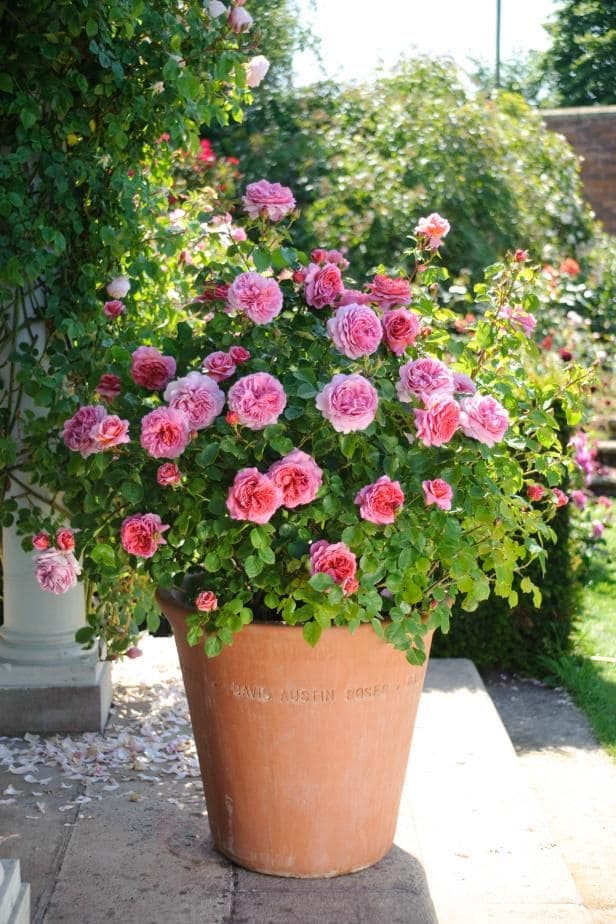
Not all roses are meant for the plate, but the right ones taste like a soft kiss of fruit and perfume. Years ago, my daughter and I simmered petals into rose jam, and the scent filled the house like poetry—it’s still one of my sweetest kitchen memories.
Roses need sun, love, and well-drained soil, but in return, they give you petals for teas, syrups, butters, and cakes. I use them in everything from bathwater to birthday desserts. Growing roses feels like planting a celebration.
#7. Hibiscus
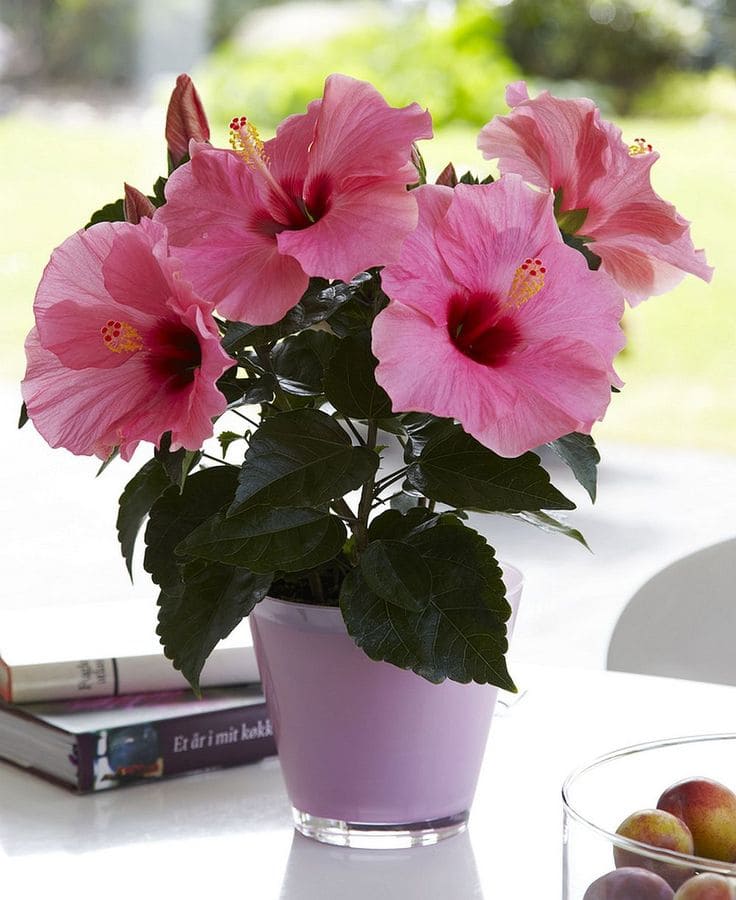
There’s nothing subtle about hibiscus—its flavor is bold, tangy, and unforgettable, like cranberry with a tropical twist. I had my first sip from a street vendor’s cart, and I still recreate that bright, refreshing drink at home each summer.
In full sun, hibiscus thrives and rewards you with petals that can be dried for antioxidant-rich teas or turned into brilliant red syrups. It’s a vibrant bloom that energizes both garden and glass.
#8. Calendula

Calendula always reminds me of little suns scattered across the soil—bright, brave, and eager. It’s one of the first flowers I recommend to beginner gardeners because it’s so forgiving and so useful.
The petals have a gentle, peppery note that lifts broths and adds color to rice and salads. I also dry them for winter healing salves. Tough yet tender, calendula is a golden thread that runs through my kitchen and medicine shelf alike.
#9. Dandelion
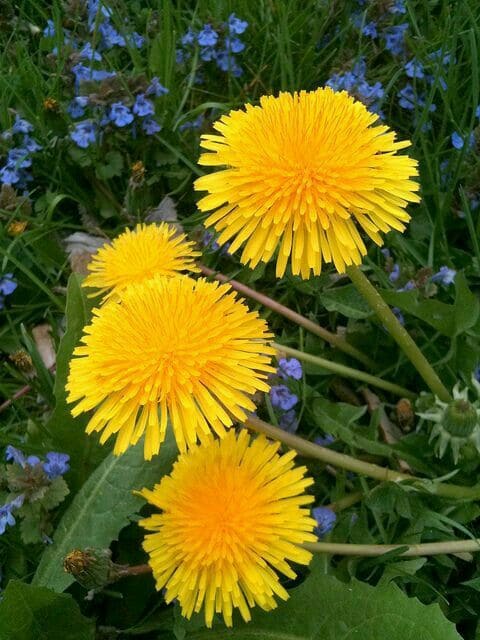
I used to pull dandelions like they were intruders—those stubborn little bursts of yellow taking over the lawn. But one spring, after watching my kids make wishes on puffballs, I gave them another chance. That weekend, I tried dandelion fritters for the first time, and I never looked at them the same way again.
Their honey-like flavor is soft and subtle, perfect for jellies, teas, and golden syrups. Every part is edible and full of nutrients. These cheerful weeds thrive anywhere, and now, instead of yanking them out, I gather them with gratitude. Sometimes beauty hides in plain sight—under your feet, in your weeds, waiting to be appreciated.
#10. Chive Blossoms
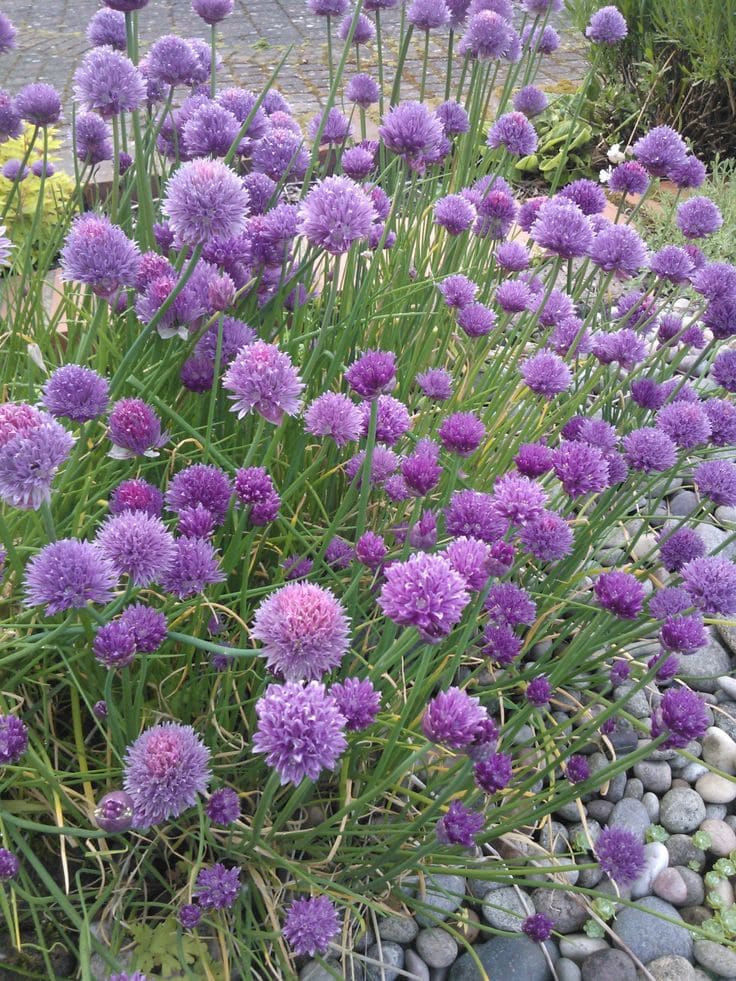
One spring, I was late to trim my herbs, and my chives had already burst into bloom—soft, round fireworks in a shade between lilac and blush. I almost snipped them off in guilt until a friend visiting the garden picked one and popped it in her mouth. “They’re the best part,” she said, grinning. So I followed her lead. The flavor surprised me—like a whisper of onion with a snap of pepper and flower.
Now, every season, I let them flower on purpose. I crumble the blossoms into soft cheeses, scatter them over potato salad, or stir them into herbed butter. They’re like nature’s garnish—spicy, pretty, and unexpectedly playful. And when the blooms sway in the breeze next to my patio table, it feels like the garden is throwing me a little celebration.
#11. Sunflower
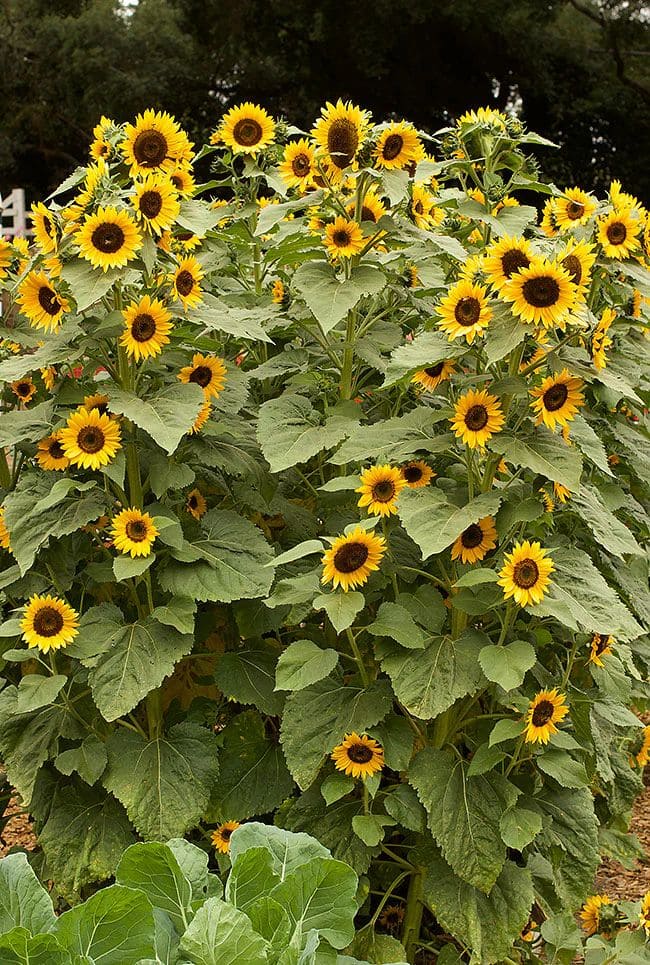
Sunflowers catch the light in a way few plants do—tall, steady, and unapologetically bold. In late summer, I often find myself watching them sway like they own the garden, their faces lifted skyward, glowing like lanterns. My kids race to see which stalk grew tallest, and I press my palm against their thick stems, amazed at their quiet strength.
The petals, golden and slightly bitter, add an earthy flair to salads and cheese boards, while the seeds become a snack ritual we all share—cracking shells on the porch steps as the sun goes down. These blooms aren’t just beautiful; they’re generous, dependable, and quietly full of life. Every garden deserves a few standing tall.
#12. Mint Flowers
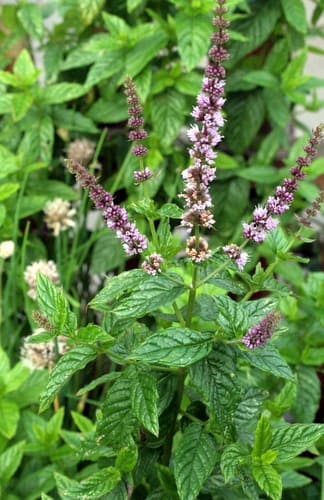
Mint always grows like it’s got something to prove. It’s the plant that sneaks into every corner if you let it—and honestly, I’ve never minded. But one summer, I let a pot go just a bit too long before trimming, and up came the daintiest blooms I’d never paid attention to before. The bees noticed first, then I did.
Those tiny lavender-pink blossoms carry a minty sharpness softened by a floral breeze. I now save a few each year to sprinkle over fruit salads or stir into a cool evening drink. They add a subtle complexity, like the difference between a whisper and a song. And every time I crush one between my fingers, it feels like opening a window to a shaded garden path.
#13. Elderflower
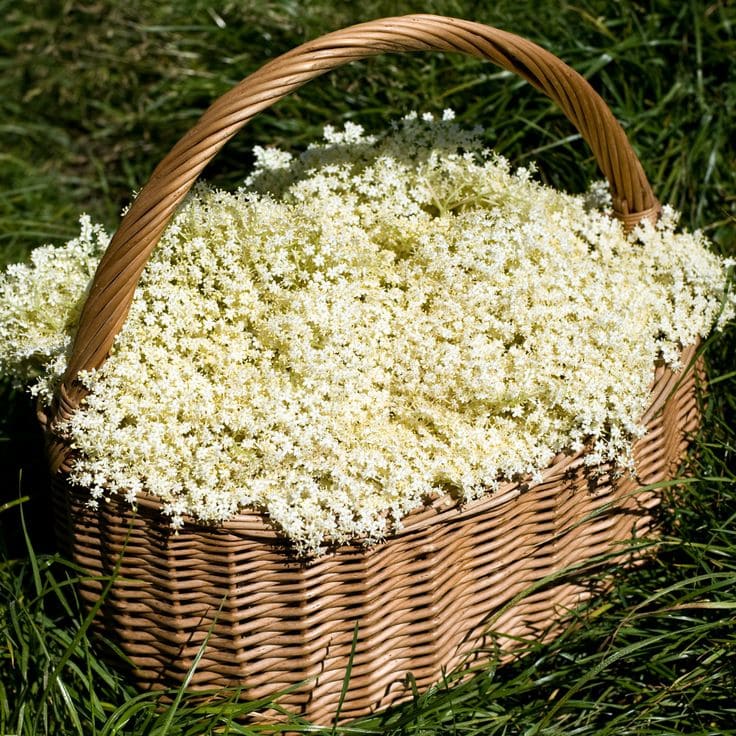
The scent of elderflower reminds me of twilight in the countryside—somewhere far from noise, where every breeze smells like something in bloom. I fell in love with it during a family trip through a mountain village café. They served elderflower cordial in tall glasses with lemon and ice, and I’ve been chasing that taste ever since.
Now I grow elder shrubs at the back of our garden. When the delicate, creamy blossoms appear in late spring, I harvest them with care, turning them into syrups and infusions that taste like soft sunshine and wild honey. Elderflower feels old-fashioned in the best way—timeless, fragrant, and so gently floral it feels like a secret recipe passed down through seasons.
#14. Marigold
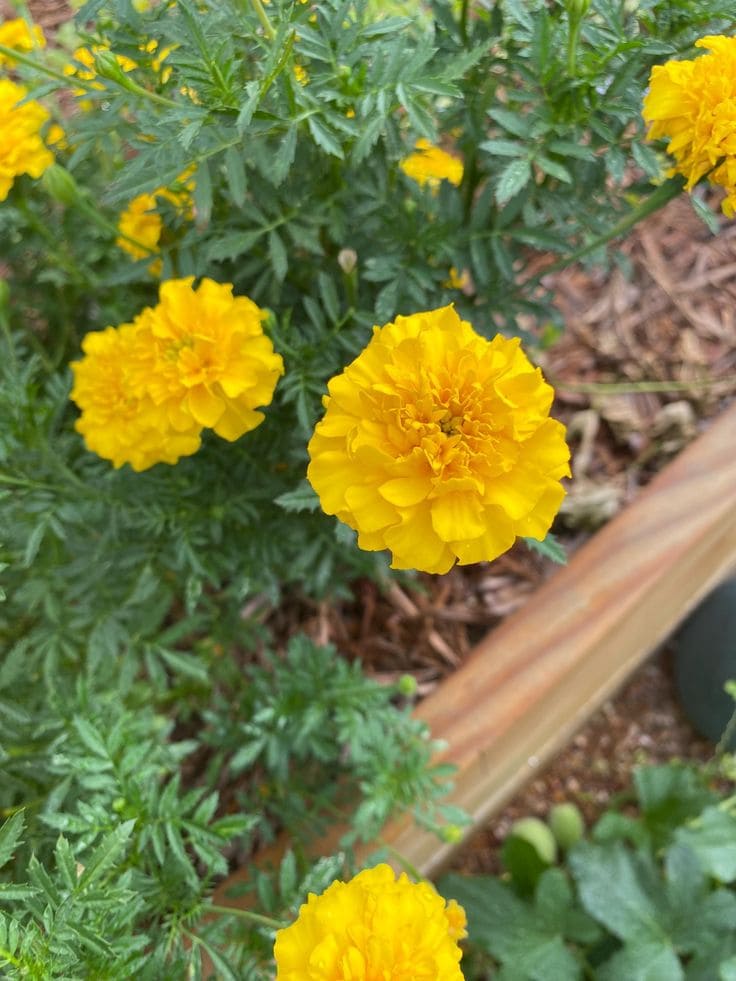
Marigolds were always part of my childhood garden—fiery little blooms that seemed to chase away both bugs and boredom. I never thought of them as edible until I saw a chef toss their petals over a citrus salad like confetti.
French and signet marigolds have a citrusy zing that lifts savory dishes and rice. I dry the petals for herb salts or mix them into herbed butter. Tough and sunny, they’re as practical as they are pretty.
#15. Jasmine
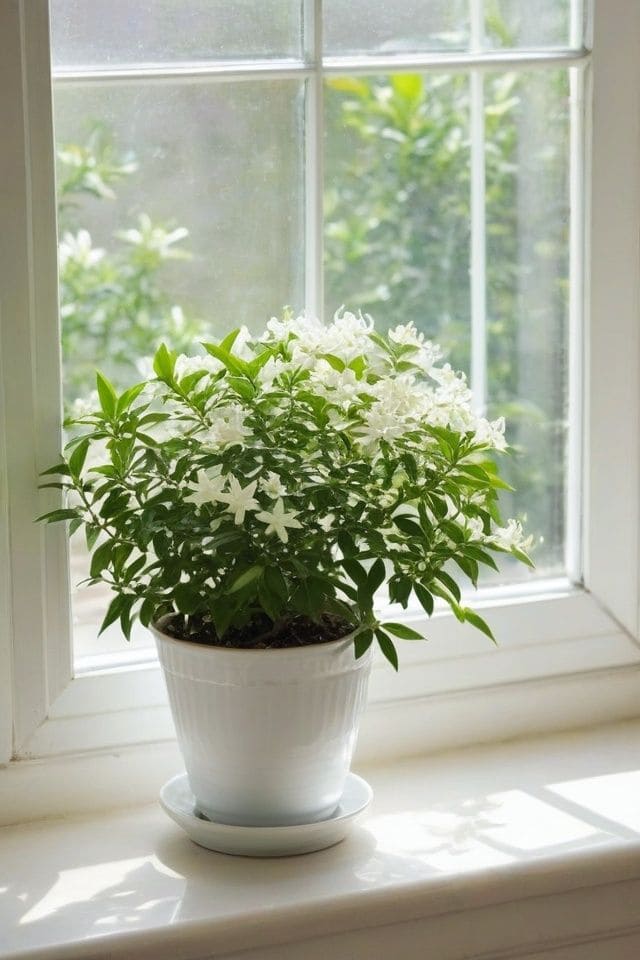
Jasmine always finds a way to steal the evening air. I planted mine near the porch and now sip tea steeped with its blooms when the breeze carries that unmistakable perfume.
Only certain types are edible, so be sure you’re growing the right kind. When you do, the blossoms add a soft floral taste to teas, rice, and even milk-based desserts—subtle, soothing, and dreamy.
#16. Violet
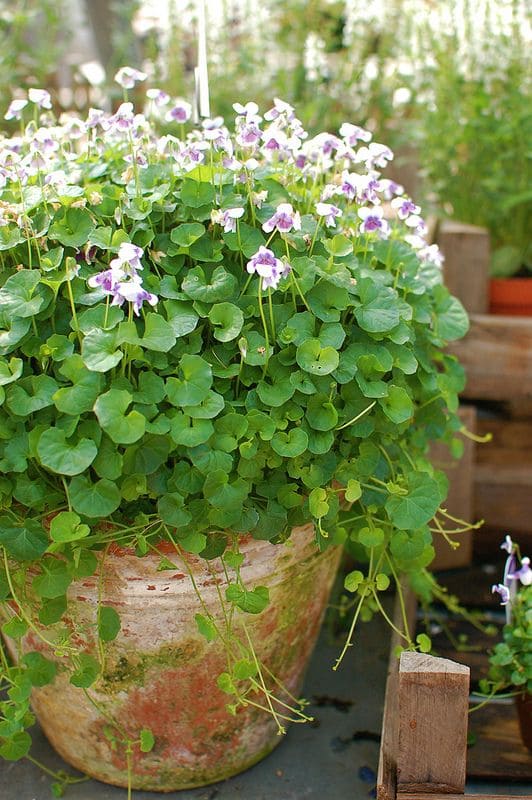
Violets grow like quiet guests at the edge of my shady garden. Their tiny blooms have a soft sweetness, and I love sugaring them for cakes or floating a few in lemonade.
They’re gentle in flavor, light on the tongue, and happiest in cool, moist corners. Every spring, they show up like a shy smile—and I never miss the chance to gather a few.
#17. Clover
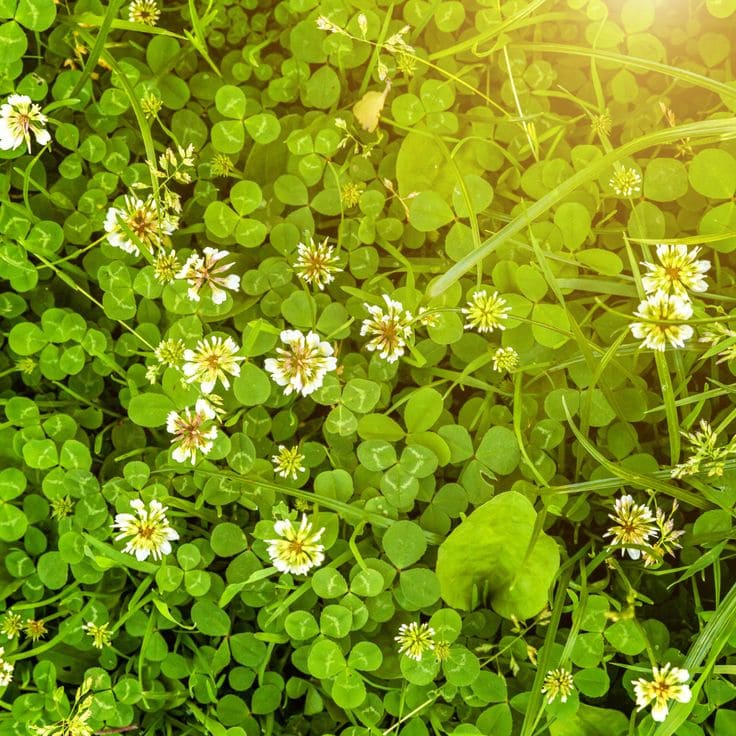
Clover crowns, sticky fingers, and barefoot walks—those are my clover memories. Later, I discovered the flowers could be dried for tea with a hint of vanilla warmth.
Red and white clover are mild, slightly sweet, and full of quiet charm. They’re also helpful to the garden, enriching the soil while offering petals for sipping and snacking.
#18. Honeysuckle
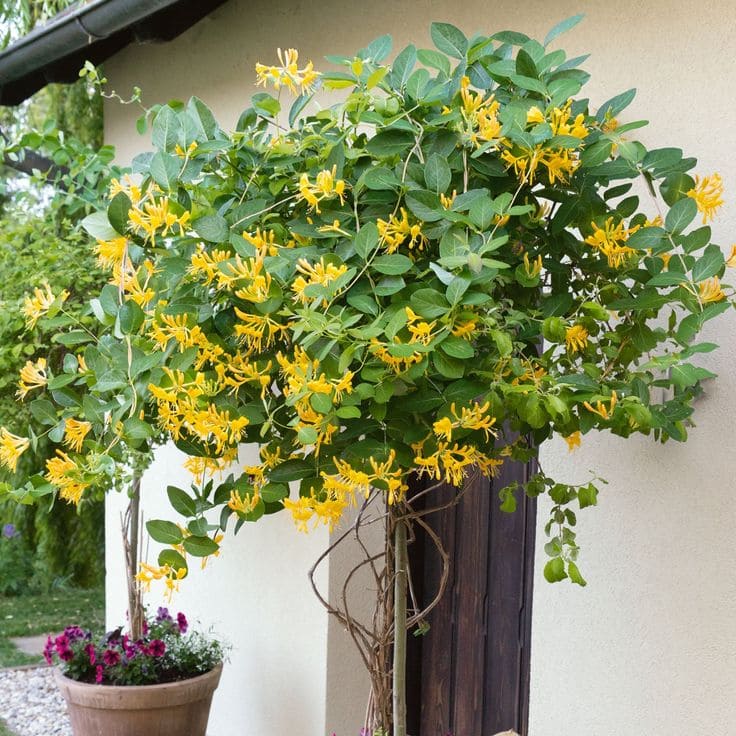
As kids, we used to pluck honeysuckle flowers and taste the nectar like it was treasure. That sweetness still takes me back whenever I find them blooming along the fence.
The flowers are edible, but avoid the berries. I like to infuse the blossoms into syrups or float them in lemonade. They taste like sunshine—and a little mischief.
#19. Pea Flowers
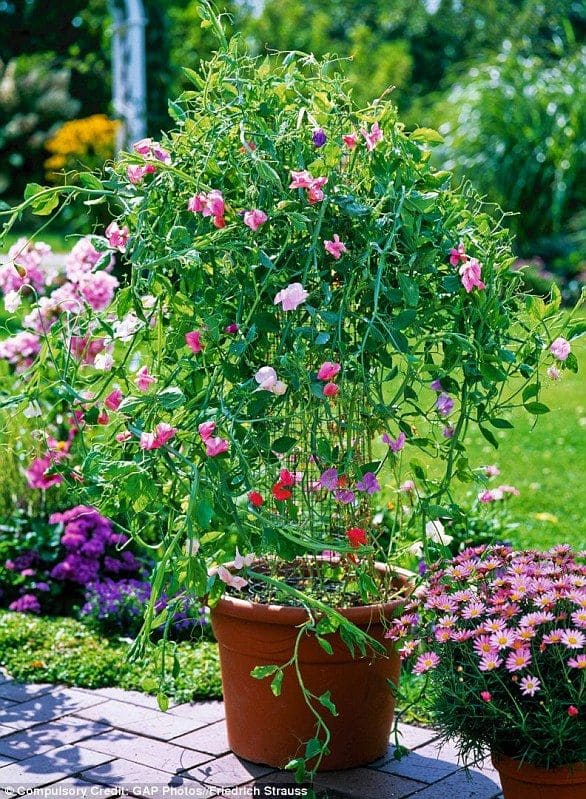
Pea blossoms are like soft watercolor strokes across the vine. Their mild, fresh taste makes them perfect for garnishing spring dishes.
Just be sure they’re from edible pea varieties—not ornamental ones. I tuck them into salads or place them on top of pasta bowls for a touch of garden whimsy.
#20. Squash Blossoms
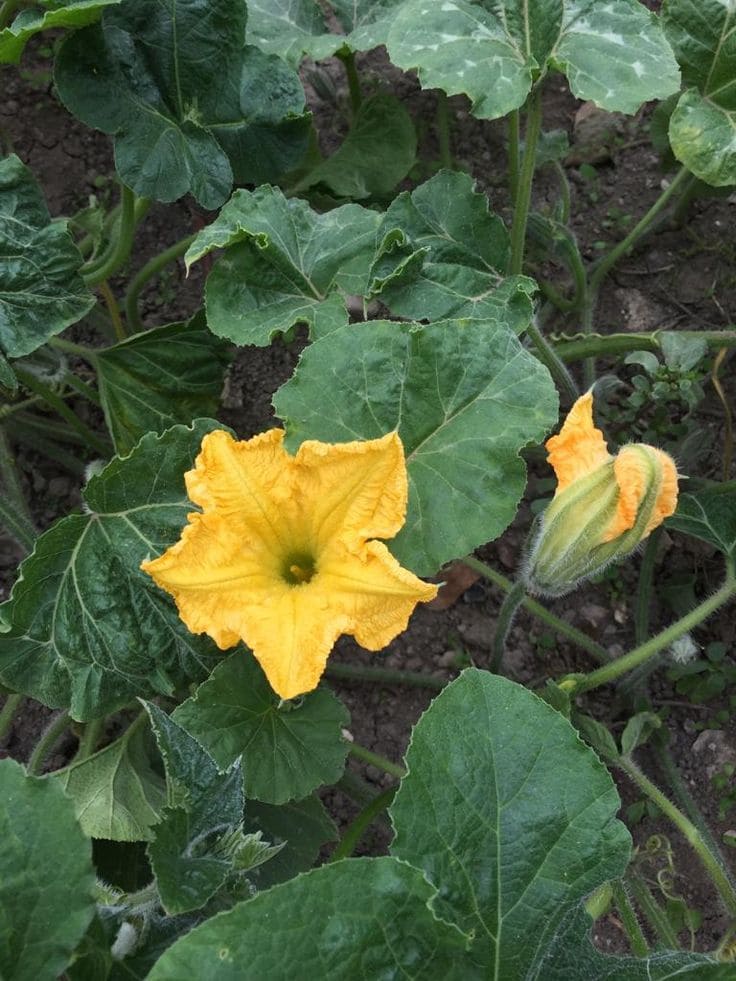
Nothing says summer like squash blossoms glowing in the morning sun. I gather them early, when they’re wide open and fresh, and stuff them with cheese or toss them into a pan for a light fry.
Their taste is mild, a little like zucchini, but with more charm. Grow squash in sunny, fertile soil and you’ll get flowers to harvest almost daily.
Final Thoughts
Growing edible flowers changed the way I see my garden. It’s no longer just a place for growing food or planting beauty—it’s a space where those two ideas blend, quietly and wonderfully. Some blooms surprised me with their taste. Others reminded me of old recipes, slow mornings, or laughter under the sun.
Let your garden feed all your senses. And as the seasons pass, you might find—as I did—that you’re not just growing flowers anymore. You’re growing memories.
